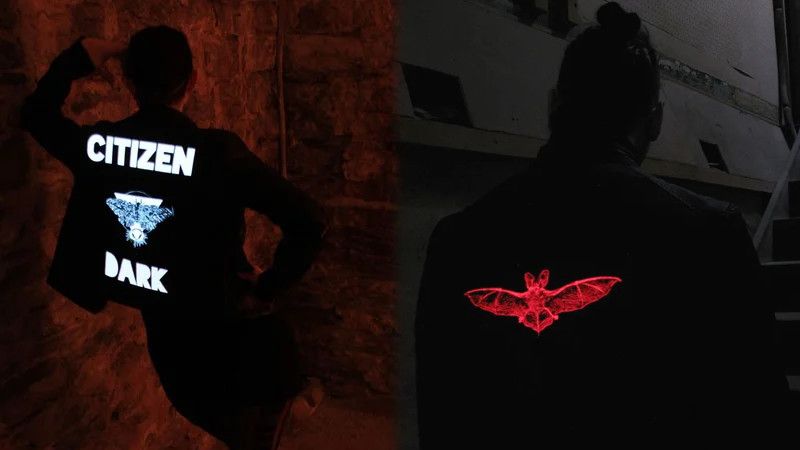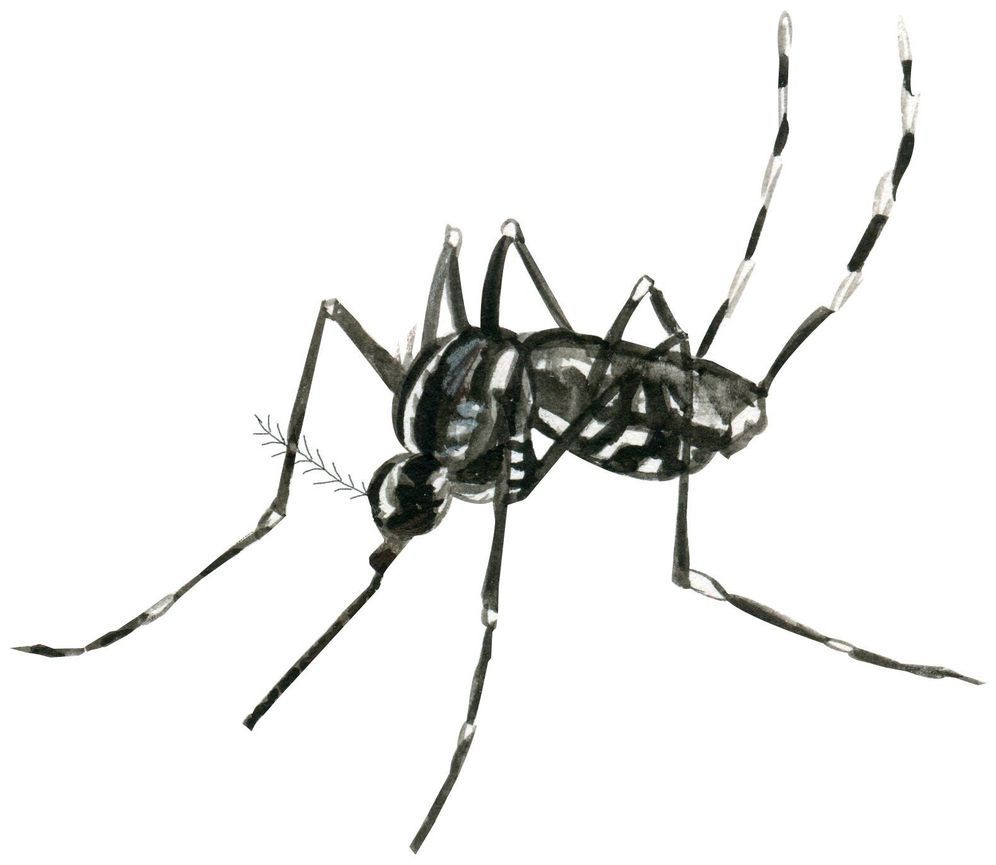Page 8861
May 9, 2019
Major Bank: The Immortality Industry Is the Next Hot Investment
Posted by Quinn Sena in categories: biotech/medical, finance, life extension
Longevity companies have often risen and fallen with little ado. But if these financial experts are correct that biotech companies are poised to start “bringing unprecedented increases to the quality and length of human lifespans,” per CNBC, then we may start seeing serious results out of the industry.
“New Frontier”
Bank of America’s predictions would mean a six-fold increase in the amount of money in longevity companies. In a report to clients reviewed by CNBC, analysts wrote that the human lifespan may soon extend to 100 years.
Continue reading “Major Bank: The Immortality Industry Is the Next Hot Investment” »
May 9, 2019
Egg yolk precursor protein regulates mosquitoes’ attraction to humans
Posted by Quinn Sena in category: biotech/medical
Feeding mosquitoes sugar makes them less attracted to humans, a response that is regulated by the protein vitellogenin, according to a study publishing May 9 in the open-access journal PLOS Biology by Jessica Dittmer, Paolo Gabrieli and colleagues at the Università degli Studi di Pavia in Italy.
Female mosquitoes must feed on blood to provide energy and nutrients for their developing eggs, but they can also supplement their diet with sugars by drinking plant nectar or sap. The team fed young female tiger mosquitos (Aedes albopictus) sugar solutions, and found it reduced their attraction to human skin. Female energy levels constantly increase after feeding sugars, and they are not related to the insects’ motivation to find a host.
Transcriptome sequencing revealed a wave of gene expression changes associated with this reduction in host-seeking behaviour, which affected at least 23 genes including the vitellogenin gene Vg-2—known to play a role in ovary development. RNA interference experiments to knockdown the Vg-2 gene expression restored the mosquitos’ attraction to humans, confirming the gene’s key role in regulating feeding behaviour.
Continue reading “Egg yolk precursor protein regulates mosquitoes’ attraction to humans” »
May 9, 2019
Antibiotics and Vitamin C Halt Cancer Growth
Posted by Paul Battista in category: biotech/medical
A new open-access study from researchers at the Biomedical Research Centre in the United Kingdom shows how two antibiotics and Vitamin C can be combined to suppress cancer stem cells (CSCs) of the breast [1].
While antibiotics are not normally effective against cancer, and Vitamin C is more well-known for its role in supporting the immune system, this combination has been shown to attack cancer stem cells through a combination of mitochondrial suppression and oxidative attacks on the mitochondria, thus causing mitochondrial growth to falter.
May 9, 2019
Inside Microsoft’s vision for the future of Windows, Office, and work
Posted by Klaus Baldauf in categories: futurism, internet
May 9, 2019
Cyberpunk Jacket Is The Garment of Choice For The Streets of 2019
Posted by Quinn Sena in categories: futurism, transportation

Fans of science fiction and related genres have always been disappointed by real life. The future holds so much promise on paper, yet millions were disappointed upon reaching 2015 to find that hoverboard technology still eluded us. It’s not all bad, though – [abetusk] has developed a cyberpunk jacket so you can live out your grungy hacker fantasies in real life.
The effect is achieved with specially designed jacket patches. Nylon fabric is lasercut with artwork or lettering, and then placed over an electroluminescent panel. The fabric acts as a mask and is glued onto the EL panel, and the assembly is then attached to the back of the jacket with velcro.
Continue reading “Cyberpunk Jacket Is The Garment of Choice For The Streets of 2019” »
May 9, 2019
We Were Really Overdue For Laser Jackets
Posted by Quinn Sena in categories: computing, media & arts, neuroscience, surveillance

Depending on who you talk to, everything is either fine, or we’re living in an oppressive cyberpunk dystopia in which we forgot to drench everything in colored neon lighting. There’s little to be done about the digital surveillance panopticon that stalks our every move, but as far as the aesthetic goes, [abetusk] is bringing the goods. The latest is a laser jacket, to give you that 2087 look in 2019.
The build starts with a leather jacket, which is festooned with 128 individual red laser diodes. These are ganged up in groups of 4, and controlled with 32 individual PWM channels using two PCA9685 controllers. An Arduino Nano acts as the brains of the operation, receiving input from a joystick and a microphone. This allows the user to control lighting effects and set the jacket to respond to sounds and music.
Continue reading “We Were Really Overdue For Laser Jackets” »
May 9, 2019
Color-Changing “Smart Thread” Turns Fabric into a Computerized Display
Posted by Quinn Sena in category: computing
But who would wear clothes that double as a computer display? And why? And how would people respond to computerized clothes? The team explored these questions in in-depth research sessions with seventeen people, including five fashion designers.
At first the participants were put off by thinking of Ebb as another computer screen. “I don’t want to wear a screen,” said one participant. “There’s enough glare in my life as it is,” said another. The idea made them recall past experiences of light-emitting clothing: “blinking Christmas sweaters, children’s sneakers that lit up when they walked, or light-up visors they might get at carnivals and amusement parks.”
But Ebb isn’t a light-up screen; it’s just fabric that changes color. Feeling the fabric samples changed their responses. One participant said that the fabric “seems a lot more tactile and something like cloth rather than plasticky… I think it’s just more intimate and easier to like.”
Continue reading “Color-Changing ‘Smart Thread’ Turns Fabric into a Computerized Display” »
The Inlighten Prophecy Bomber uses the latest fiber optic technology to light up your night.
Google.org issued an open call to organizations around the world to submit their ideas for how they could use AI to help address societal challenges. We received applications from 119 countries, spanning 6 continents with projects ranging from environmental to humanitarian. From these applications, we selected 20 organizations to support.
















